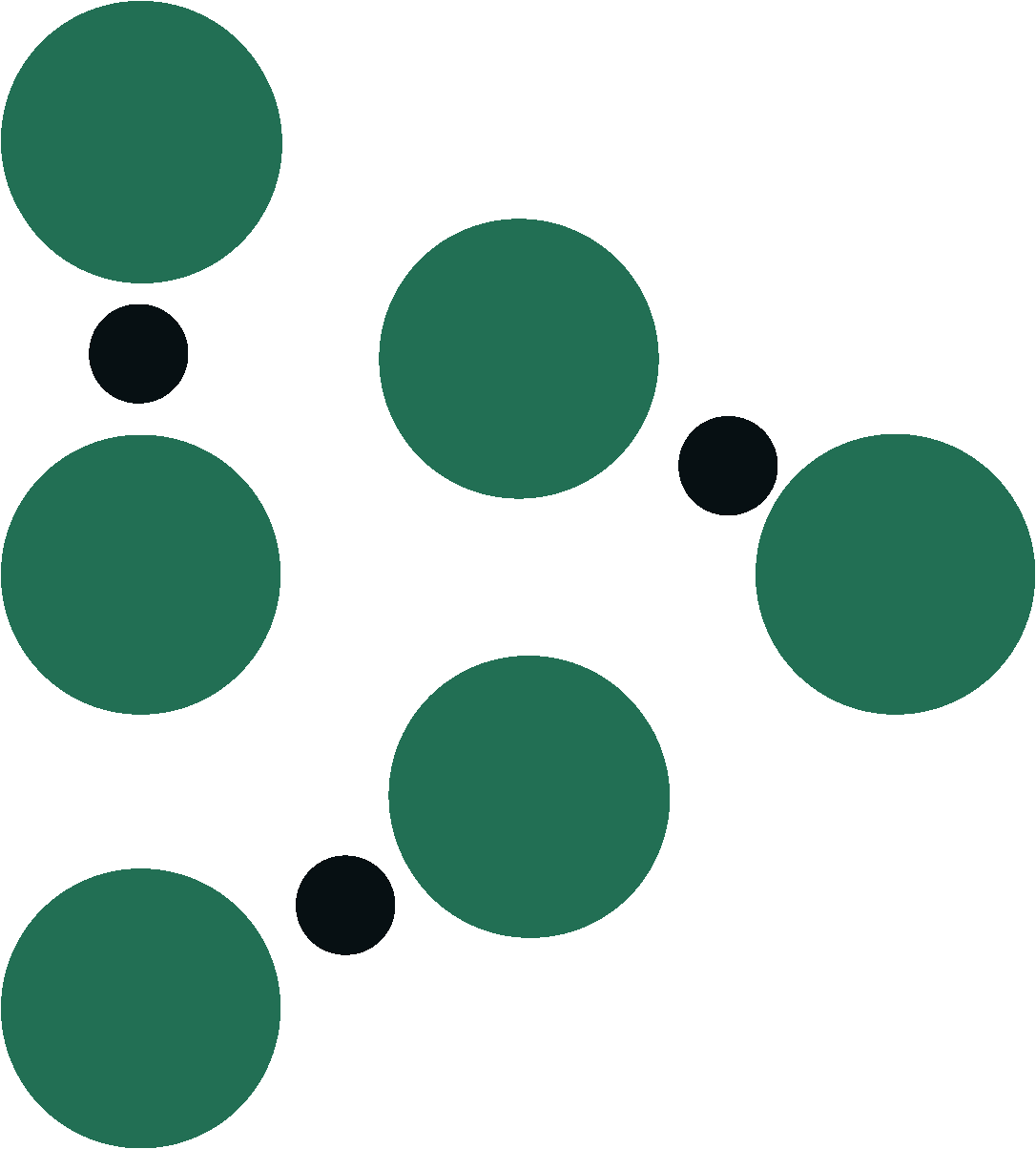Nitrogen Impacts on Irrigation Management
One of the goals with nitrogen in crop production is to make sure as much as possible is available to the plant. In order to optimize yield, nitrogen plays the vital role of ensuring when and where energy is needed. As a key component of amino acids, which form the building blocks of proteins and enzymes, Nitrogen is present in the roots where the proteins and enzymes help regulate water and nutrient uptake.
The interdependent relationship between water and nitrogen (N) has long been studied. Water scarcity reduces nitrogen access and a surplus of water can leach nitrogen and promote its volatilization in the soil. When nitrogen access is reduced, transpiring leaf area is reduced. With excessive nitrogen access, undesirably high water use can occur in various crops.
It is very possible to conflate nitrogen stress and water stress, however. If you trigger irrigation based only on volumetric or soil water tension changes, irrigation could be wastefully applied if nitrogen stress is the primary culprit of limited crop water use. When crop water use is limited, the plant uses less water and canopy temperature raises.
There are three basic ways in which canopy temperature is influenced by nitrogen.
Reduction in canopy size and activity
“If evapotranspiration is limited by scarcity of leaf area, the canopy would become hotter because of reduced evaporative cooling”
Shrinking of rooting volume
“Less stored soil water becomes accessible, so the nitrogen stressed plants become prone to water stress”
Lower nitrogen levels reduce the rate at which carbon dioxide enters and water vapor exits the leaf
Sentek Triscan electroconductivity (EC) Graph showing how salts move through the soil profile
How Using Soil Moisture Sensors and Ec readings can help
Ultimately, we need to understand that nitrogen will influence crop water relations. The study cited below showed that at all water levels, soil water losses were greater as nitrogen levels increased. If you are using soil moisture sensors to manage irrigation, the impact of nitrogen fertilizer should not be ignored. Rather than constantly applying a fixed rate on a schedule, the responsiveness of sensors should be used to apply optimal amounts at the right time. Sentek Triscan soil moisture sensors also give electroconductivity (Ec) readings, which can help you monitor your nitrogen levels and potential fertilizer leaching in real-time.
Trellis Soil Moisture Sensors — Sentek probe monitoring soil moisture, temperature, & electroconductivity




